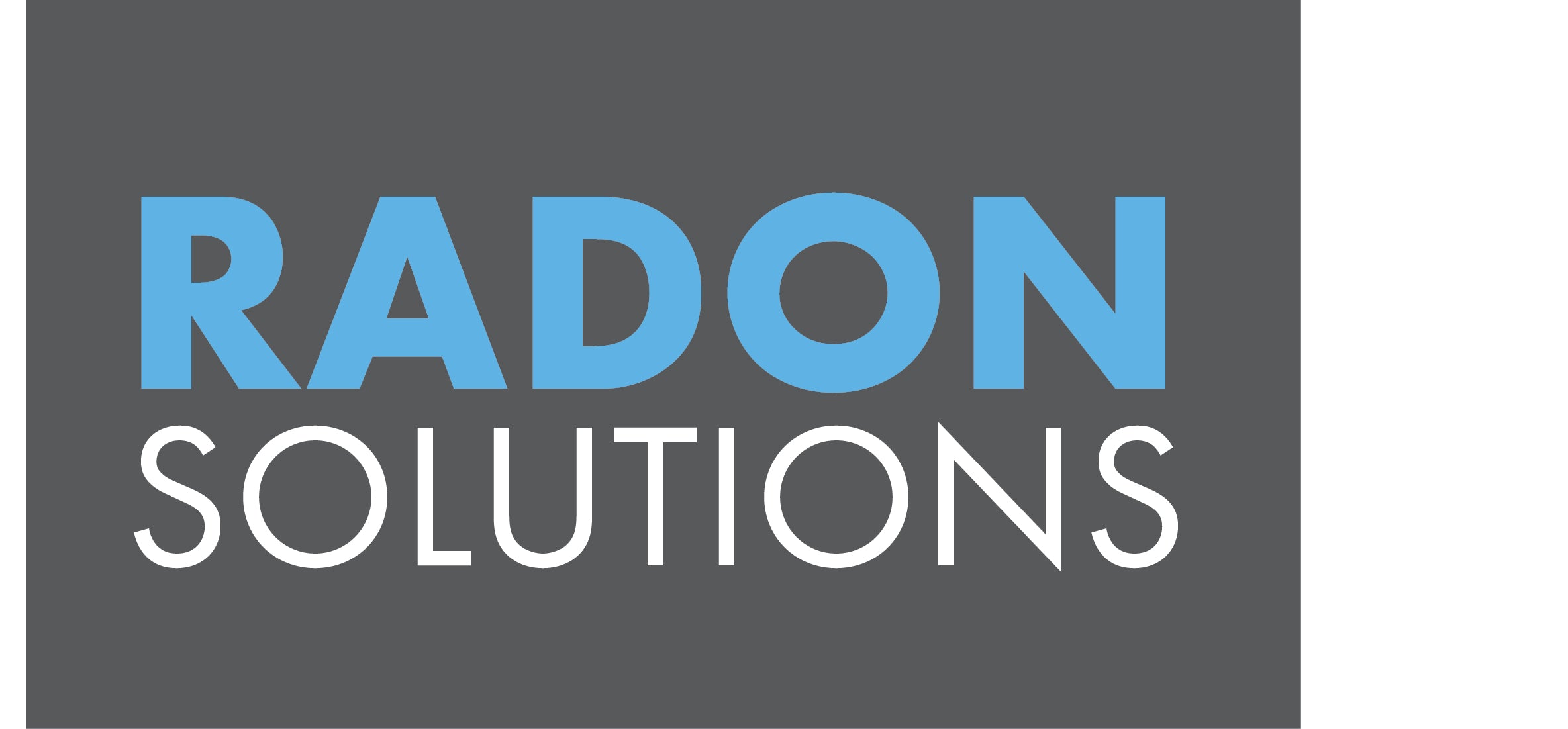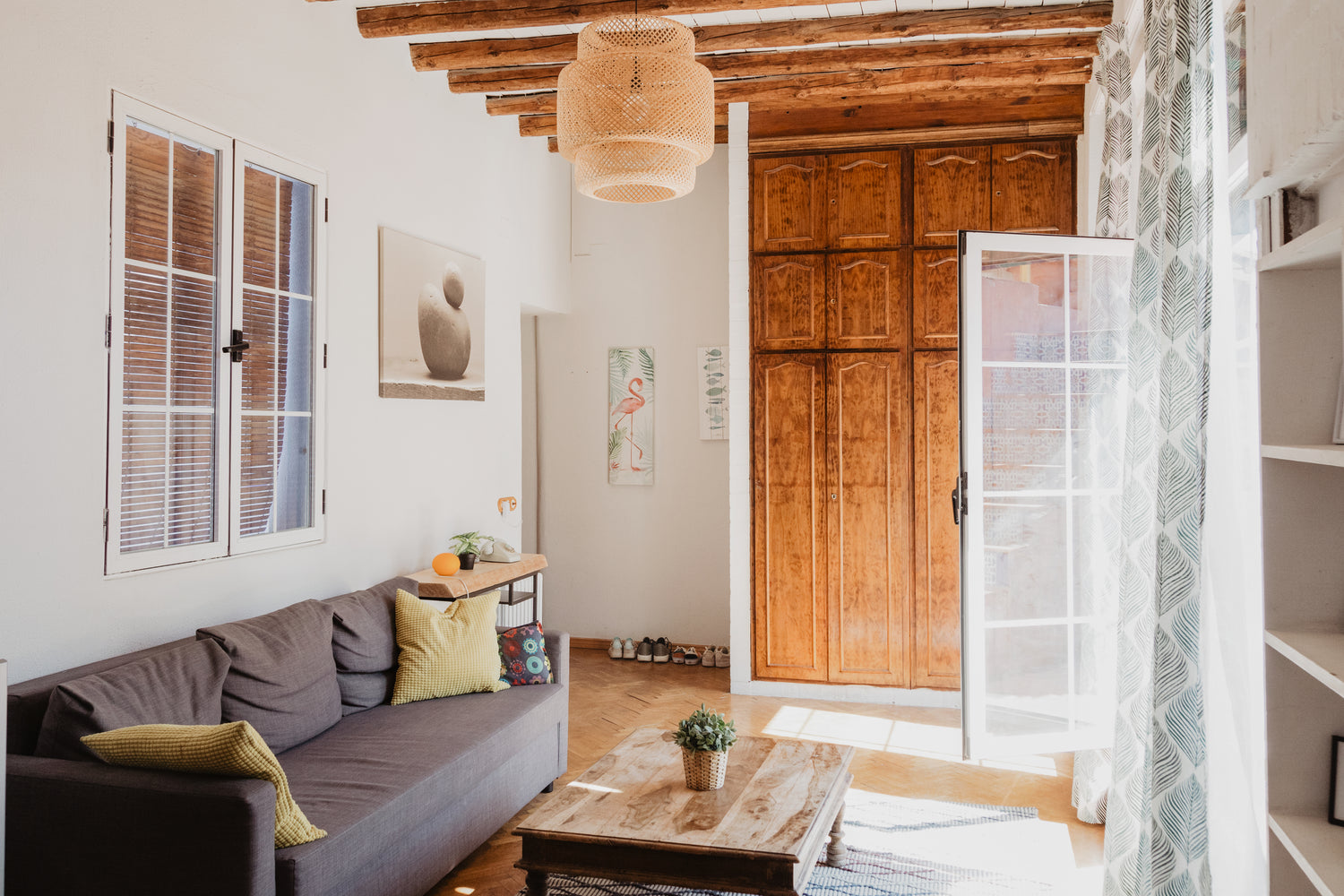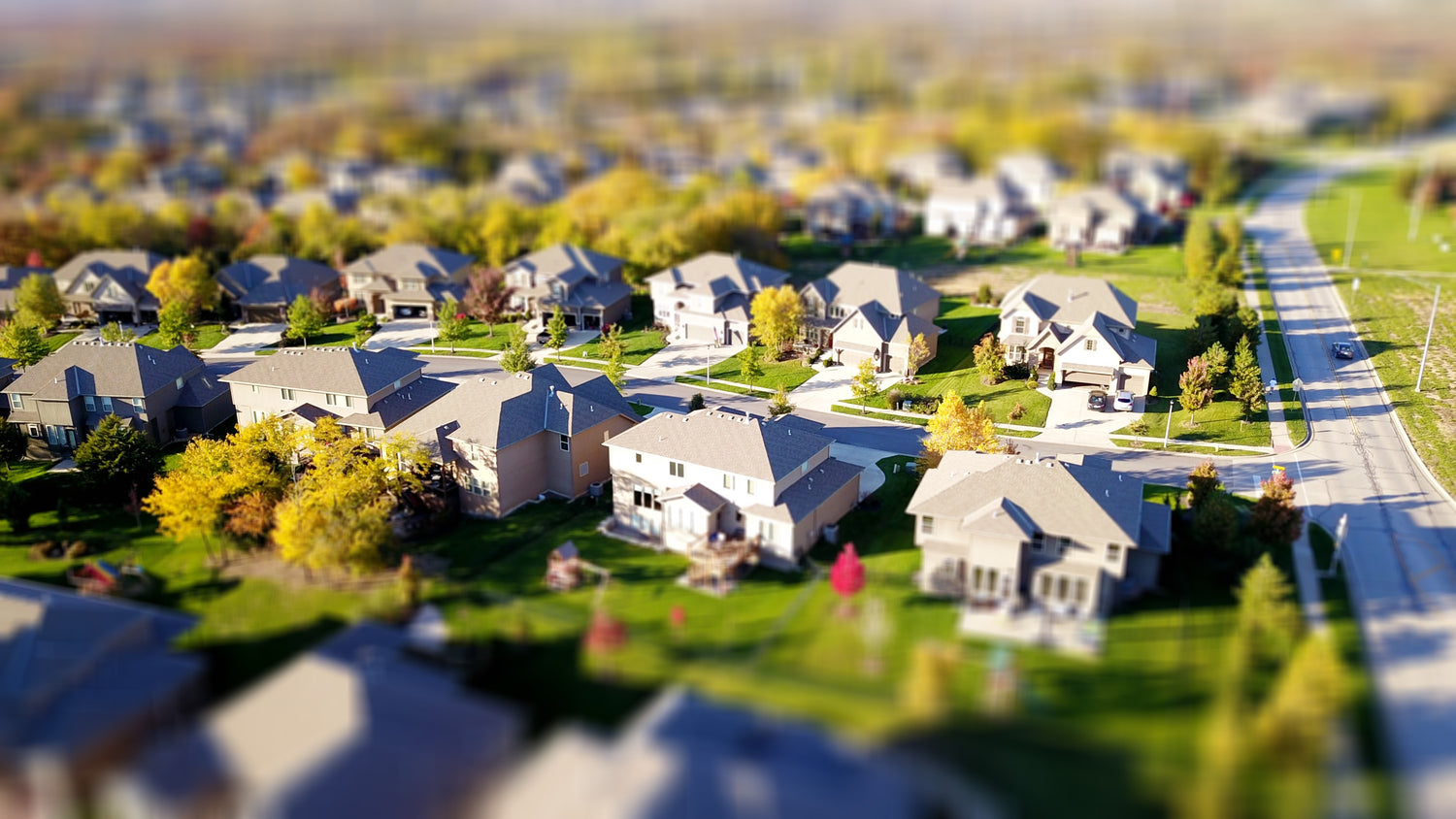ABOUT RADON
WHAT IS RADON

Radon is a naturally occurring, odorless and tasteless gas that can be harmful to your health if inhaled over an extended period of time. It is the leading cause of lung cancer in non-smokers, and the second leading cause of lung cancer overall.
Radon is produced by the decay of uranium and other radioactive elements in soil, rock, and water. It can seep into homes and buildings through cracks in foundations, walls, and floors, and accumulate to dangerous levels if not properly dealt with.
The risk of developing radon-induced lung cancer increases with prolonged exposure to high levels of radon. According to the Environmental Protection Agency (EPA), the risk is highest for people who smoke and are exposed to high levels of radon. However, non-smokers are also at risk, as radon can damage DNA in the cells that line the lung, leading to cancerous mutations.
It's important to regularly test and monitor radon levels in your home or business to ensure they are within the recommended safety limits. If high levels of radon are detected, a radon mitigation system can be installed to reduce the levels to a safe level.
Don't wait, get your home or business tested for radon today and take the necessary steps to protect yourself and your loved ones from the potentially harmful effects of this cancer-causing gas.
RADON RISK
- Radon gas decays into radioactive particles that can get trapped in your lungs when you breathe
- This can damage lung tissue and increase your long term chance of getting lung cancer
- Radon is the #1 cause of lung cancer among non-smokers
- We know more about radon risks than risks from most other cancer-causing substances because estimates of radon risks are based on studies of cancer in humans working in underground mines

HOW WE REDUCE RADON

We can lower the radon level in your home! We install a vent pipe system and fan, which pulls radon from beneath the house and vents it to the outside. We seal foundation cracks and other openings, which makes the system more effective and cost efficient, and allows us to use a efficient, low wattage fan. We are educated on, and adhere to, the current standards for radon mitigation and testing.
DESIGNED SPECIFICALLY FOR YOUR HOME

We realize that the factors affecting each home are unique, and therefore we design our radon mitigation systems based not only on our experience and education, but also on diagnostic tests performed during the installation to ensure the optimal radon removal system is installed. In addition, we design the radon mitigation system to fit into your home in an aesthetically pleasing way, while staying within your budget.
TESTING YOUR HOME FOR RADON
We provide professional pre-mitigation testing services in which we report to you in 2-3 days. Alternatively, you can purchase a low cost radon test kit at your county's KSU Extension Office. These consumer radon test kits cost around $15, are very easy to use, and take about 2-3 weeks to get your results back to you. A professional post-mitigation test is included with every system we install, to ensure performance of the radon mitigation system. Additionally with new technology you can

Call to schedule an appointment today
Helpful resources
Video

RADON AWARENESS
The following entities have excellent websites geared towards educating home owners on the risks of radon and the importance of reducing your risk:




